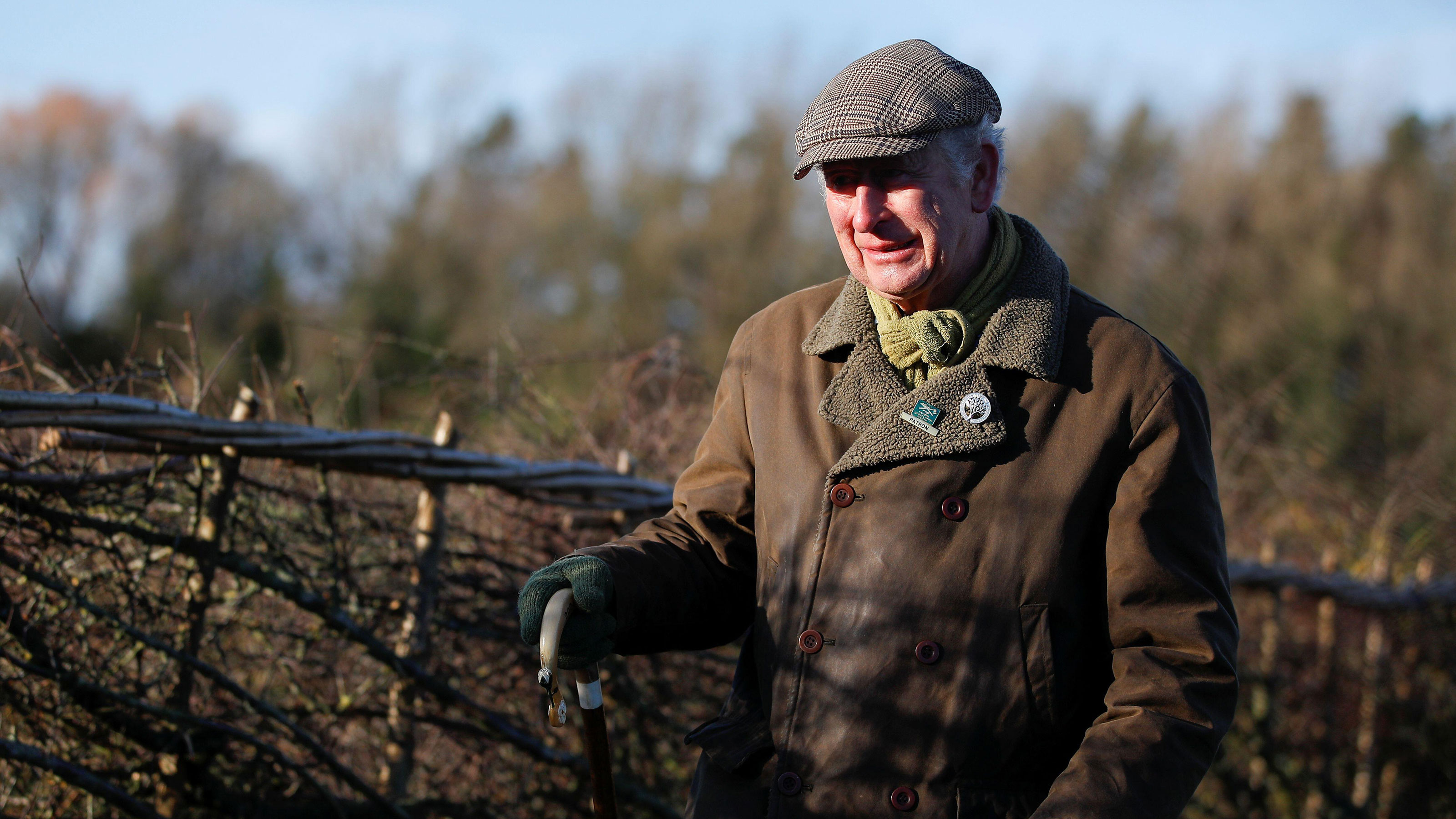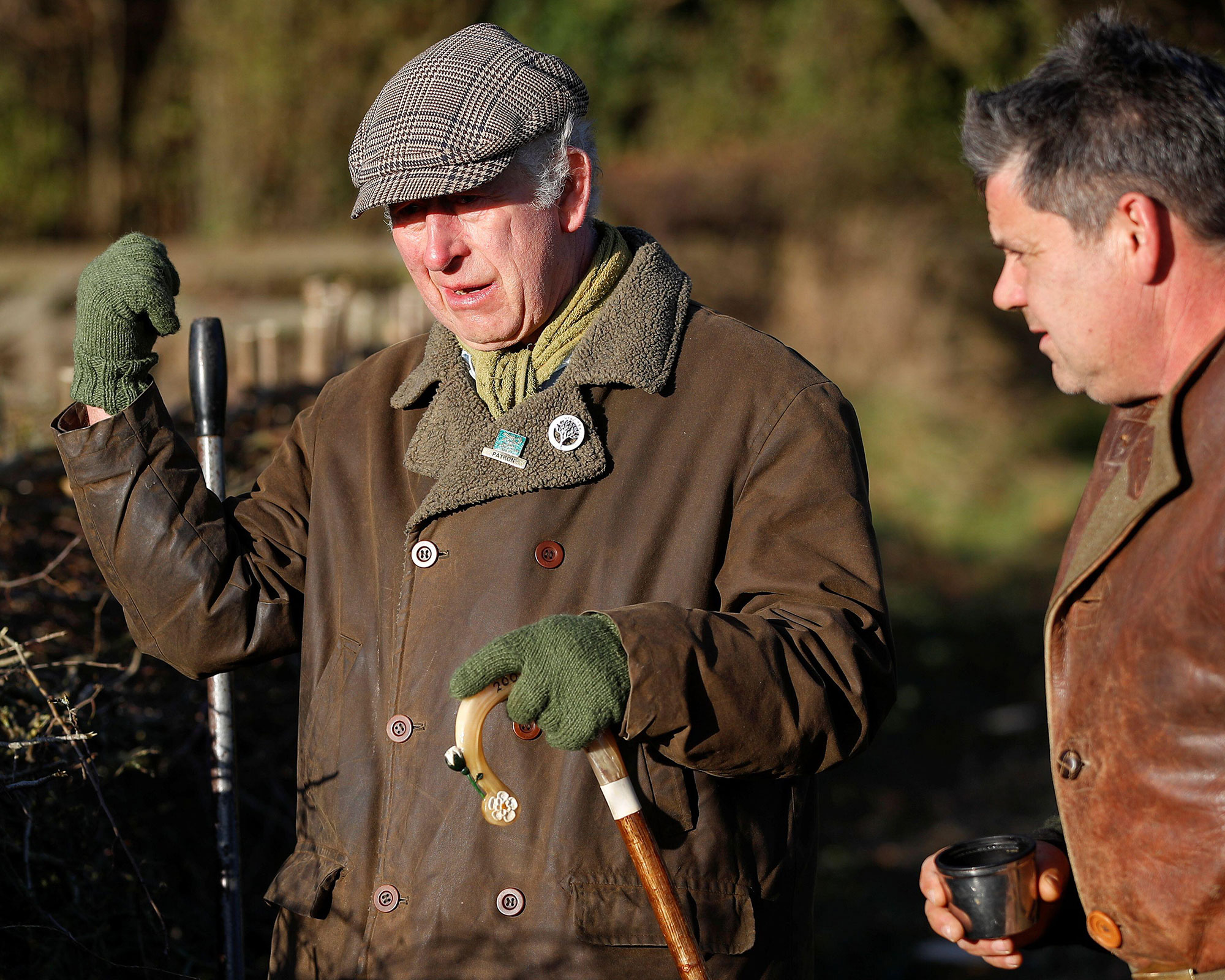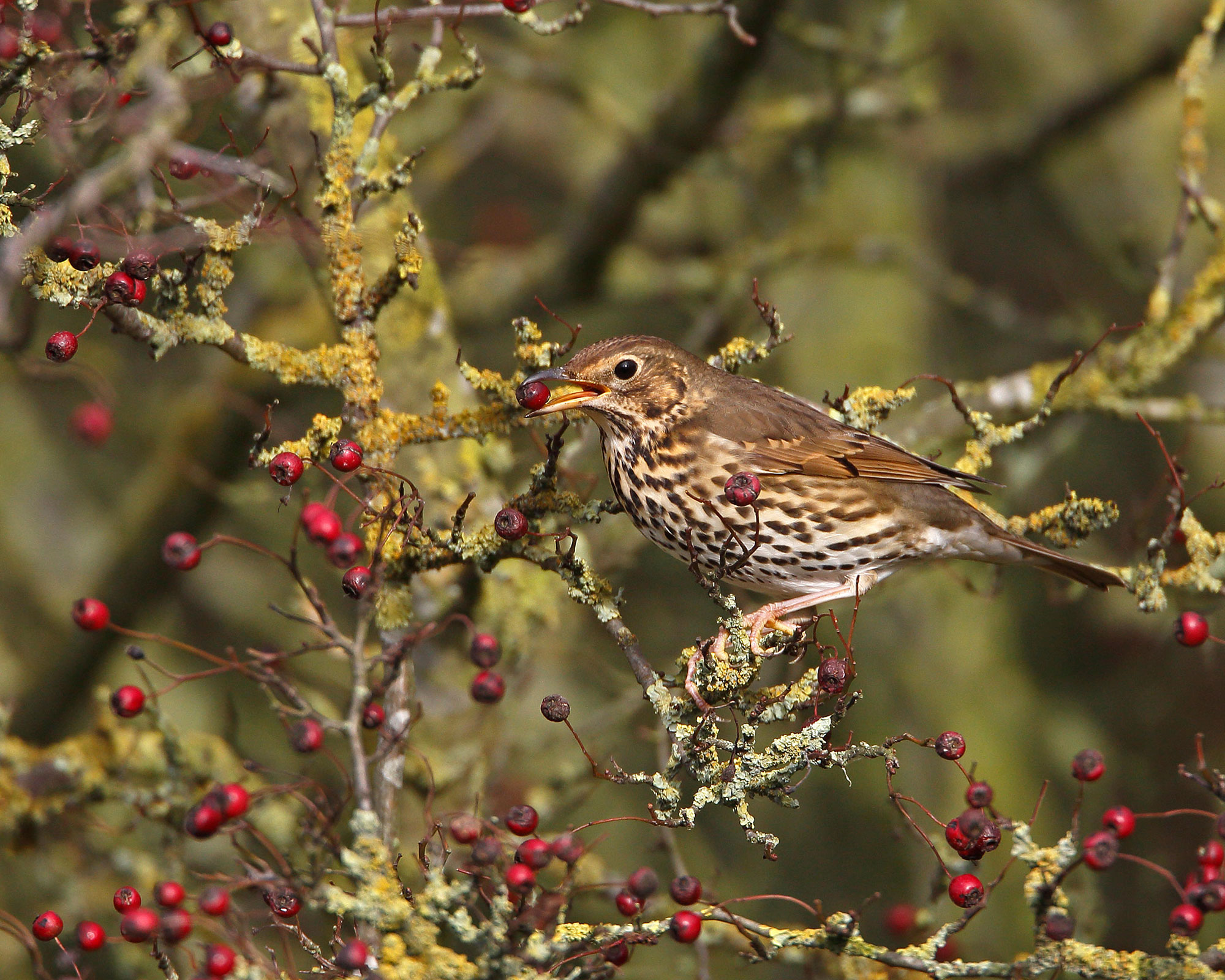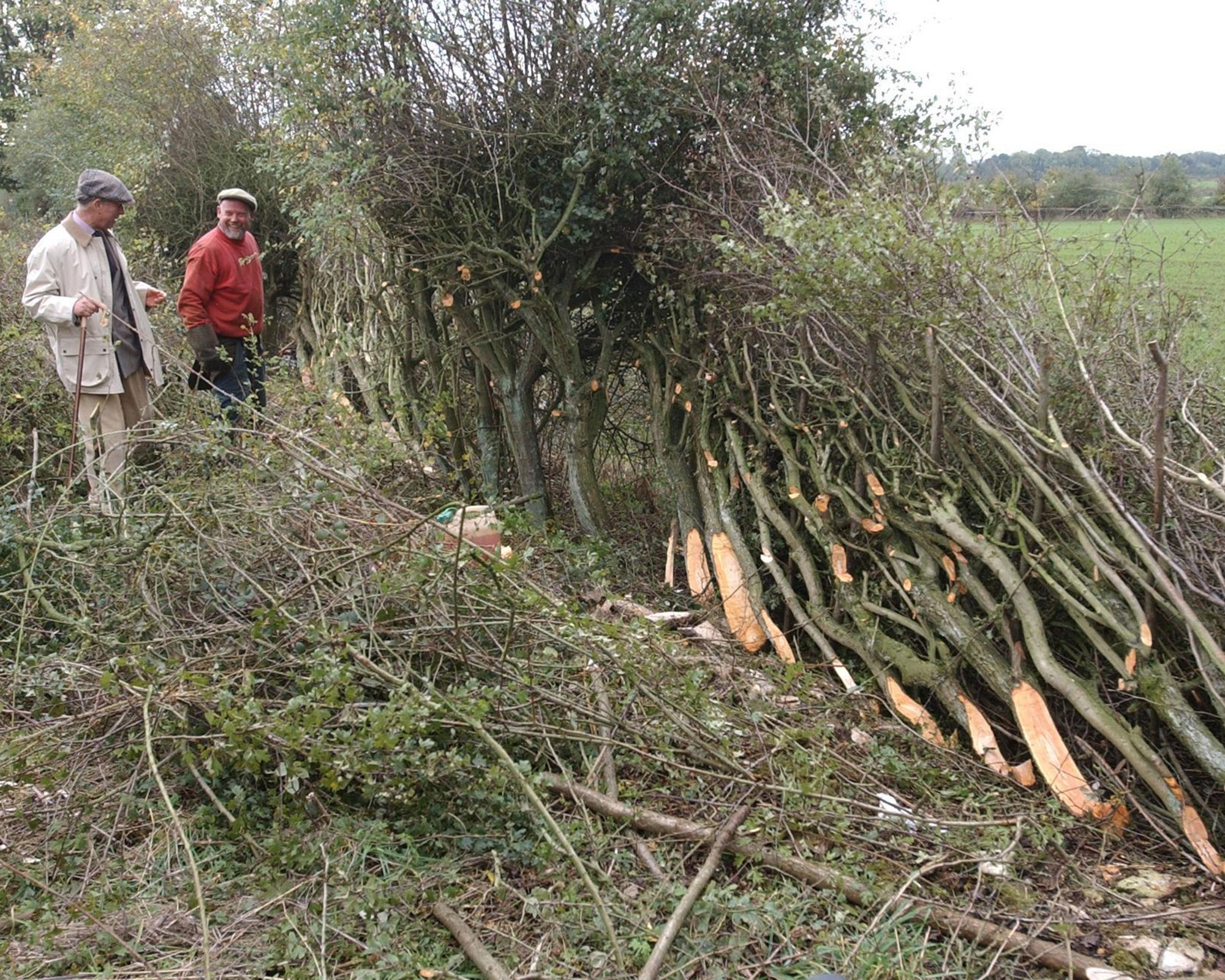Will King Charles still have time for his secret gardening skill now he's the monarch?
The new King is patron of the UK’s National Hedgelaying Society and has laid miles of hedgerow around his Highgrove estate. But will he still have time now he’s on the throne?


King Charles is currently patron of more than 420 charities, and has already warned that his new responsibilities as monarch will mean he has to pass on some honors to other members of the Royal Family.
However, the National Hedgelaying Society is hoping that he’s able to keep his role as their patron close to his heart, because His Majesty is an expert hedgelayer himself, having laid more than 15 miles of hedging plants around his own Highgrove, Gloucestershire, estate.

Why King Charles says hedges are vital for threatened species
At the most recent hedgelaying event at Highgrove in January, the King declared that hedgerows are a 'vital part of the landscape' and 'essential biodiversity corridors' for threatened species, including garden birds, the dormouse and a host of butterflies, who face food shortages.
However, during the latter half of the 20th century many hedgerows were dug up across the UK and replaced with wooden posts and tangles of barbed wire. Almost 200,000 miles of hedges vanished between 1950 and 1995, according to the National Hedgelaying Society, but the skill has seen a revival and is now attracting new converts.
Hundreds of competitors, male and female, flock to the annual National Hedgelaying Championships, held back in October 2022 at Clacks Farm, Wallingford, Oxfordshire.

The King's personal tutor
John Savings, 79, the five times winner of the south of England hedgelaying prize at the national championships, became the King’s personal hedgelaying tutor 20 years ago, after the pair met at a game fair. 'And he is bloody good at it. He loves it,' says Mr Savings, who shares that his protégé has often worked on hedgerows for five hours straight without breaking for lunch.
And the King admits he’s obsessed, writing in Country Life magazine in 2021, that his own efforts left him 'looking as if I have just come off the field at Agincourt'.

Preserving an ancient art
There have been hedges in Britain since Roman times, and when done traditionally, the techniques have barely changed over 2,000 years.
The NHLS explains that ‘proper’ hedgelaying involves cutting trees at the base and leaving just enough of the trunk intact for the sap to still rise before repositioning it horizontally secured by hazel stakes and supports. This allows new growth to shoot vertically upwards from the base of the tree, rejuvenating the hedgerow from the bottom upwards.
However, many farmers now use a mechanised flail, which only chops the tops of the hedgerows – usually in autumn – leaving the branches below gappy and bare. 'This means they lose their ability to enclose livestock as well serving as a vital wildlife habitat for nesting birds and other species,' a NHLS spokesperson says.
Only time will tell if King Charles can continue his work in promoting the more traditional landscaping methods.

Jayne Dowle is an award-winning gardening, homes and property writer who writes for publications including Sunday Times Home, Times Bricks & Mortar, Grand Designs, House Beautiful and The Spectator. She was awarded the Garden Journalist of the Year accolade at the Property Press Awards in 2021.
